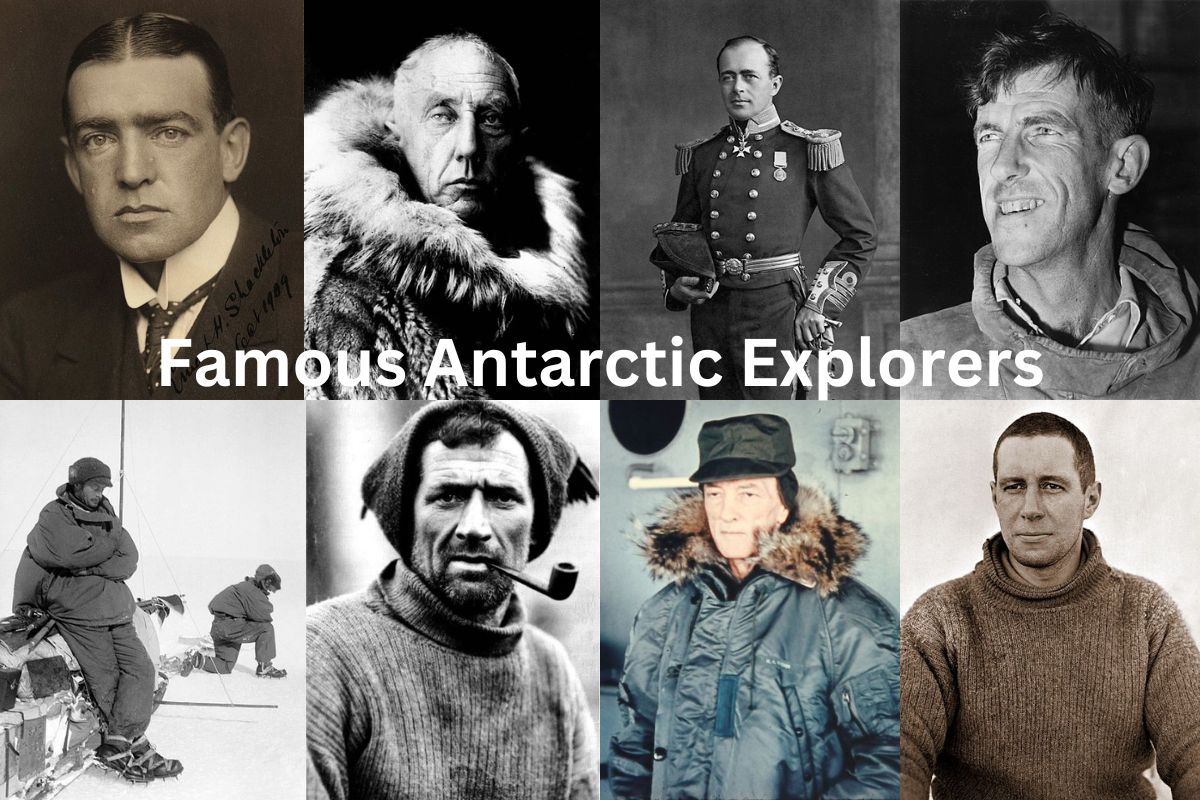Antarctica, the southernmost continent on Earth, has long captivated the imaginations of explorers, scientists, and adventurers alike. Over the years, a number of intrepid individuals have ventured to this remote and unforgiving land in search of discovery, adventure, and knowledge.
The history of Antarctic exploration dates back to the early 19th century, when expeditions began to probe the icy waters and rugged terrain of the region.
Some of the most famous Antarctic explorers include:
- Roald Amundsen
- Robert Falcon Scott
- Ernest Shackleton
- Douglas Mawson
- Richard E. Byrd
- Tom Crean
- James Clark Ross
These explorers braved treacherous conditions, harsh climates, and unknown territories, often risking their lives in pursuit of scientific discovery and exploration.
Their achievements continue to inspire and captivate people around the world, and their legacy lives on as a testament to the enduring human spirit of adventure and exploration.
Famous Antarctic Explorers
1. Roald Amundsen
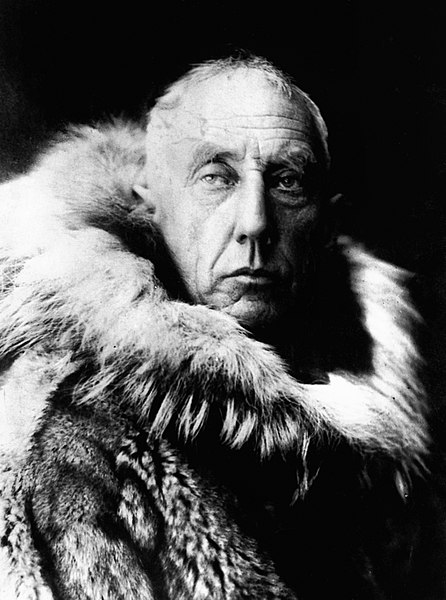
Roald Amundsen was a Norwegian explorer and one of the most famous figures in the history of polar exploration. He is best known for being the first person to reach the South Pole and for his successful navigation of the Northwest Passage.
Amundsen was born in Norway in 1872 and grew up in a family of seafarers. He studied medicine briefly before deciding to pursue a career in exploration. In 1903, he became the first person to navigate the Northwest Passage, a treacherous sea route through the Canadian Arctic.
In 1911, Amundsen set his sights on the South Pole, which was being pursued by several other explorers at the time, including Robert Falcon Scott. Amundsen’s expedition, which included a team of sled dogs, was the first to reach the South Pole on December 14, 1911, beating Scott’s expedition by just over a month.
Following his success at the South Pole, Amundsen continued to lead expeditions to the Arctic and Antarctic regions, including an unsuccessful attempt to reach the North Pole by airship in 1926. He disappeared while on a rescue mission in 1928, when his plane crashed in the Arctic.
Amundsen’s contributions to polar exploration were significant and his success in reaching the South Pole helped establish Norway’s reputation as a leader in polar exploration. His legacy lives on as a testament to the courage, determination, and spirit of adventure that characterized the great age of polar exploration.
2. Robert Falcon Scott
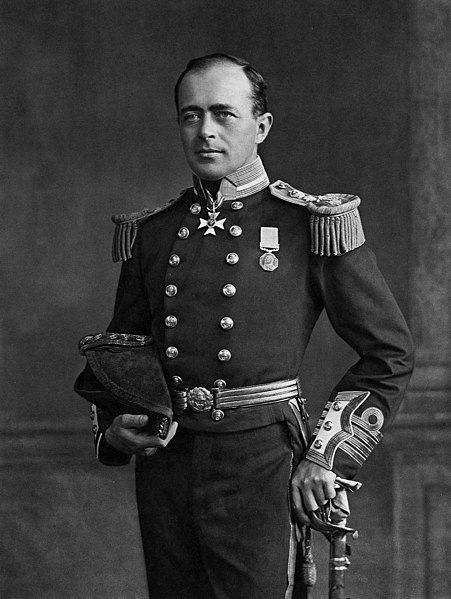
Robert Falcon Scott was a British naval officer and explorer who led two expeditions to Antarctica during the early 20th century. He is best known for his second expedition, the Terra Nova Expedition, in which he and his team attempted to be the first to reach the South Pole.
Scott was born in Devonport, England in 1868 and joined the Royal Navy at the age of 13. He became interested in exploration and mountaineering, and in 1901 he was selected to lead the British National Antarctic Expedition, also known as the Discovery Expedition. The expedition discovered the polar plateau and conducted scientific research in the region.
In 1910, Scott led the Terra Nova Expedition, with the goal of being the first to reach the South Pole. Scott and his team reached the pole on January 17, 1912, only to find that the Norwegian explorer Roald Amundsen had beaten them by a month. On their return journey, Scott and his team were caught in a blizzard and perished on the Ross Ice Shelf.
Despite the failure of his expedition, Scott’s leadership and bravery during the journey made him a national hero in Britain. He was also admired for his scientific approach to exploration and his efforts to promote international cooperation in polar research.
Scott’s legacy as an explorer and adventurer continues to inspire people around the world, and his tragic death has become a symbol of the dangers and challenges of exploration in the harsh and unforgiving environment of Antarctica.
3. Ernest Shackleton
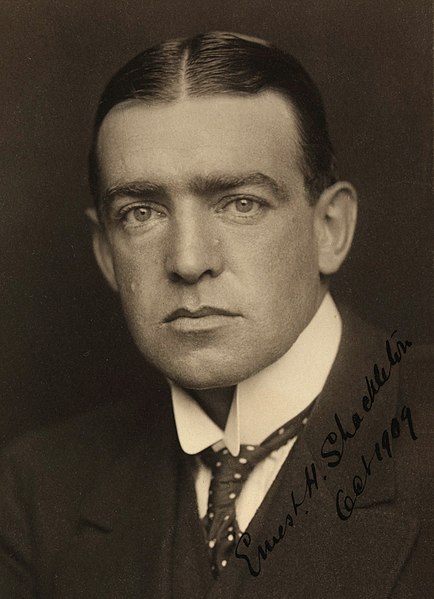
Ernest Shackleton was a British explorer who led several expeditions to the Antarctic during the early 20th century.
He is perhaps best known for his unsuccessful attempt to cross the continent from coast to coast, known as the Imperial Trans-Antarctic Expedition (1914-1917).
Shackleton was born in Ireland in 1874 and later moved to London. He became interested in polar exploration at a young age and joined several expeditions to the Antarctic as a young man. In 1909, he led his own expedition, the Nimrod Expedition, which reached a new furthest south record and came within 97 miles of the South Pole.
However, Shackleton’s most famous expedition was the Imperial Trans-Antarctic Expedition. The goal of the expedition was to cross the continent of Antarctica from coast to coast via the South Pole, but the expedition was beset by disaster from the outset.
The expedition ship, Endurance, became trapped in the pack ice of the Weddell Sea and was eventually crushed, leaving Shackleton and his crew stranded on the ice.
Shackleton and his men spent months adrift on the ice before finally reaching Elephant Island, a remote and uninhabited island off the coast of Antarctica.
Shackleton then made a daring voyage in an open boat with five other men to reach a whaling station on South Georgia Island, some 800 miles away. The remainder of the expedition members were eventually rescued, without loss of life, after a series of rescue attempts.
Despite the failure of the Imperial Trans-Antarctic Expedition to achieve its original goal, Shackleton’s leadership and heroism during the crisis made him a legend in the annals of Antarctic exploration.
He died of a heart attack during another expedition in 1922, but his legacy as one of the greatest explorers of the age of polar exploration lives on.
4. Douglas Mawson
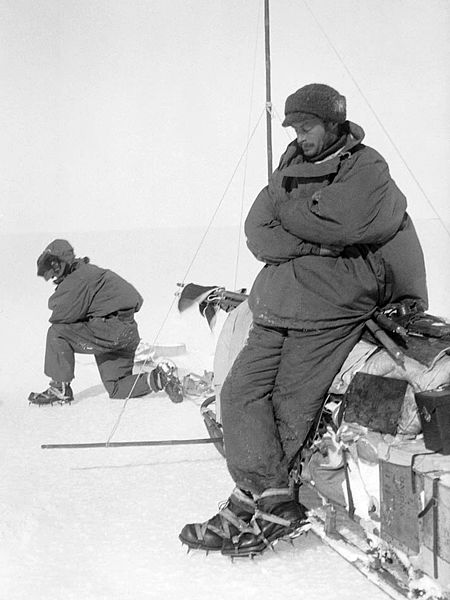
Douglas Mawson was an Australian geologist and explorer who is known for his pioneering work in Antarctica during the early 20th century. He is often considered one of the greatest Antarctic explorers of all time.
Mawson was born in Bradford, England in 1882, and emigrated to Australia with his family at the age of two. He studied geology at the University of Sydney and in 1907 joined the Nimrod Expedition to Antarctica led by Ernest Shackleton.
In 1911, Mawson led the Australasian Antarctic Expedition, which was the first to conduct extensive scientific research in Antarctica. During the expedition, Mawson and his team explored the region around the Magnetic South Pole and discovered a large ice-free area now known as the Mawson Coast.
The expedition was marred by tragedy, however, when Mawson’s two companions died during a sledging journey. Mawson was forced to make a harrowing solo journey back to base camp, enduring starvation, frostbite, and other hardships along the way.
Despite the setbacks, Mawson’s leadership and scientific contributions on the Australasian Antarctic Expedition were widely recognized. He later made further expeditions to Antarctica, including a scientific survey of the region in 1929-1931.
Mawson’s legacy as an explorer and scientist continues to inspire people around the world, and his contributions to our understanding of Antarctica and its environment have been instrumental in shaping our knowledge of this remote and fascinating continent.
5. Richard E. Byrd
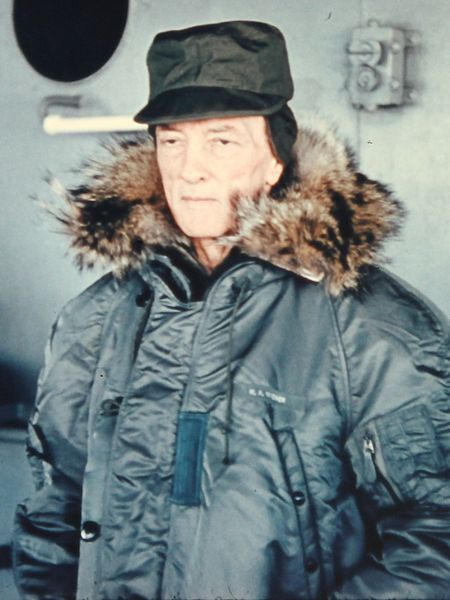
Richard E. Byrd was an American naval officer and explorer who is known for his expeditions to the Antarctic and Arctic regions during the early 20th century. He is often credited with advancing our understanding of the polar regions and helping to pave the way for future exploration.
Byrd was born in Virginia in 1888 and was drawn to exploration and aviation from an early age. He served in the US Navy during World War I and became interested in polar exploration during his service. In 1926, he led an expedition to the North Pole and became the first person to fly over the pole.
In 1928-1930, Byrd led the first of his four expeditions to the Antarctic. Known as the Byrd Antarctic Expedition, the mission was aimed at exploring the continent and conducting scientific research. Byrd and his team established a base camp, named “Little America,” and conducted extensive research on meteorology, geology, and biology.
Byrd’s subsequent expeditions to the Antarctic, including the Second Byrd Antarctic Expedition (1933-1935) and the United States Antarctic Service Expedition (1939-1941), further advanced our understanding of the continent and helped to lay the groundwork for future research.
In addition to his polar expeditions, Byrd was also a noted aviation pioneer, and made significant contributions to the development of aviation technology during his lifetime. He was awarded numerous honors and accolades for his achievements, including the Congressional Gold Medal and the Medal of Honor.
Byrd’s legacy as an explorer, aviator, and scientist continues to inspire people around the world, and his contributions to our understanding of the polar regions have been instrumental in shaping our knowledge of these remote and challenging environments.
6. Tom Crean
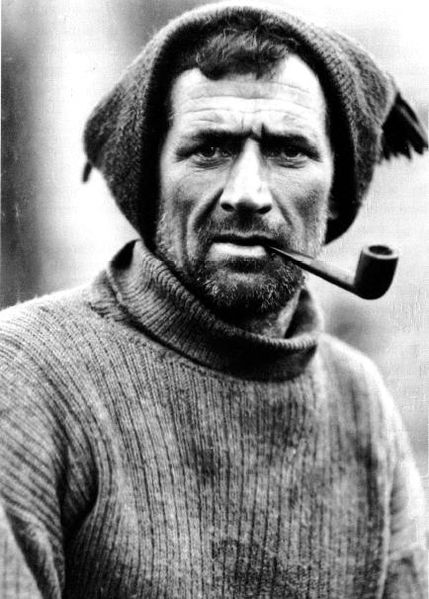
Tom Crean was an Irish explorer who is best known for his participation in three expeditions to Antarctica during the early 20th century, including both of Ernest Shackleton’s expeditions to the continent.
Crean was born in County Kerry, Ireland in 1877 and joined the British Royal Navy at the age of 15. He first went to Antarctica on the Discovery Expedition (1901-1904), led by Robert Falcon Scott. During the expedition, Crean was a member of a sledging party that set a new record for the southernmost point reached at the time.
In 1914, Crean joined Shackleton’s Imperial Trans-Antarctic Expedition, which aimed to cross the continent from coast to coast. When the expedition ship, Endurance, became trapped in ice, Crean was one of the men who helped to salvage supplies and equipment and assisted in the eventual rescue of the crew.
Crean’s bravery and endurance were again put to the test during Shackleton’s 1914-1917 Ross Sea Party, which was tasked with establishing a base on the opposite side of the continent. Crean and his fellow crew members faced extreme conditions and hardships, including starvation and frostbite, but were eventually rescued after two years in the Antarctic.
Despite his significant contributions to polar exploration, Crean returned to his home in Ireland after his final expedition and lived a quiet life as a pub owner in County Kerry. He died in 1938 at the age of 61.
Today, Crean is remembered as one of the greatest Antarctic explorers of all time, and his courage and endurance continue to inspire people around the world.
7. Lawrence Oates
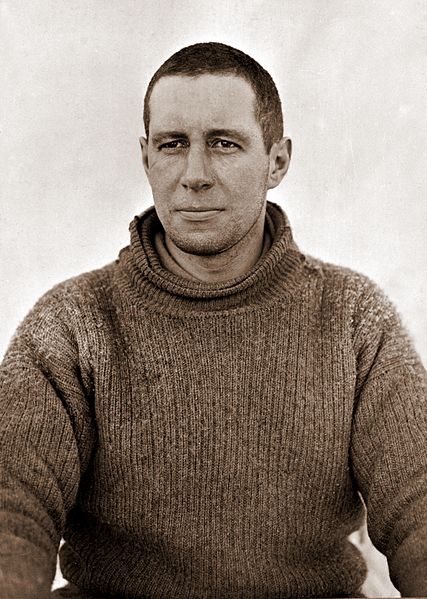
Lawrence Oates was a British army officer and explorer who is best known for his participation in Robert Falcon Scott’s ill-fated Terra Nova Expedition to the South Pole.
Oates was born in England in 1880 and served in the British army before joining Scott’s expedition as a member of the Northern Party, which was tasked with exploring the northern reaches of the Antarctic continent. In 1911, Oates joined Scott and his team on their journey to the South Pole.
During the journey, Oates’ feet became badly frostbitten, and he suffered from severe pain and exhaustion. As the team struggled on their return journey, Oates recognized that he was slowing them down and endangering their chances of survival. On March 17, 1912, he made the famous decision to leave the tent and walk into a blizzard, saying, “I am just going outside and may be some time.” He was never seen again.
Oates’ sacrifice and heroism have made him an enduring symbol of courage and selflessness in the face of extreme adversity. He is remembered as one of the great Antarctic explorers of the age of polar exploration and as a testament to the enduring human spirit of adventure and exploration.
8. Edmund Hillary
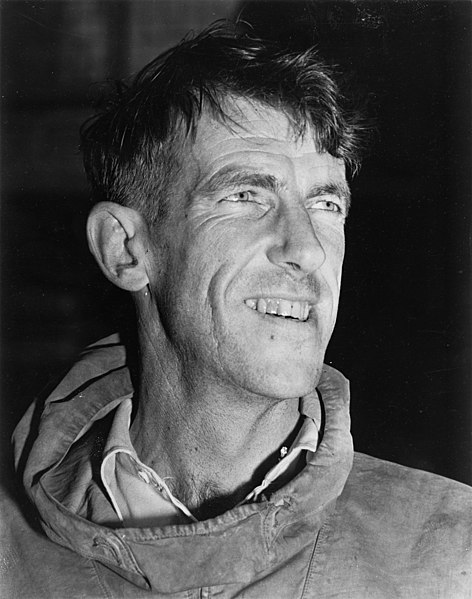
Edmund Hillary was a New Zealand mountaineer and explorer who is best known for being one of the first two people to reach the summit of Mount Everest, the highest mountain in the world.
Hillary was born in Auckland, New Zealand, in 1919. He developed an interest in mountaineering as a young man and joined several expeditions to the Himalayas before setting his sights on Mount Everest.
In 1953, Hillary and his climbing partner, Tenzing Norgay, successfully reached the summit of the mountain, becoming the first people to do so.
After his success on Everest, Hillary continued to explore and adventure. He led several expeditions to the Antarctic and made significant contributions to the development of the region.
He was also involved in various philanthropic efforts, including the establishment of the Himalayan Trust, which supports education, health, and other projects in the mountainous regions of Nepal and Tibet.
Hillary was widely celebrated for his achievements in mountaineering and exploration, and he received numerous honors and awards for his contributions to adventure and adventure sports. He passed away in 2008 at the age of 88, but his legacy continues to inspire people around the world to pursue their own dreams of adventure and exploration.
9. Vivian Fuchs
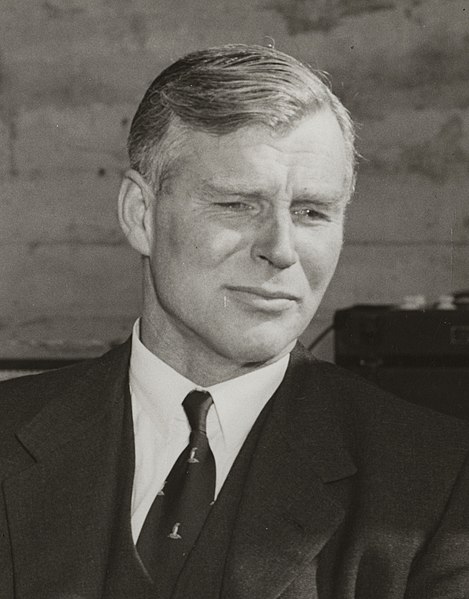
Vivian Fuchs was a British geologist and explorer who is known for his pioneering work in Antarctica during the mid-20th century. He is particularly noted for leading the first successful overland crossing of Antarctica, known as the Commonwealth Trans-Antarctic Expedition.
Fuchs was born in London in 1908 and studied geology at the University of Cambridge. In the 1930s, he became interested in polar exploration and made several trips to Greenland and the Arctic.
In 1957-1958, Fuchs led the Commonwealth Trans-Antarctic Expedition, which aimed to cross the continent of Antarctica from coast to coast via the South Pole. Fuchs and his team of explorers, scientists, and support staff traveled across the ice in specially designed vehicles, enduring extreme cold, high winds, and other challenges along the way.
The expedition was a landmark achievement in Antarctic exploration, and it helped to advance our understanding of the continent and its environment. Fuchs later served as the director of the British Antarctic Survey, where he oversaw a number of important scientific expeditions and research projects.
Fuchs’ contributions to polar exploration and scientific research have been widely recognized, and he was awarded numerous honors and accolades for his achievements. He passed away in 1999 at the age of 90, but his legacy continues to inspire and inform our understanding of this remote and fascinating continent.
10. James Clark Ross
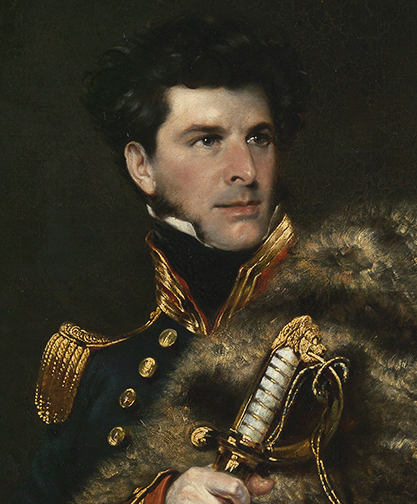
James Clark Ross was a British naval officer and explorer who is known for his pioneering work in the Antarctic and Arctic regions during the 19th century.
Ross was born in London in 1800 and joined the Royal Navy at the age of 13. He participated in several naval expeditions and scientific missions, including the Ross expedition of 1819-1821, which explored the Arctic regions of Canada and Greenland.
In 1839-1843, Ross led his own expedition to the Antarctic, which included a thorough exploration of the coast and a discovery of the Ross Ice Shelf. During the expedition, Ross and his team also made significant contributions to our understanding of magnetic fields and the earth’s magnetosphere.
Ross continued to participate in naval and scientific expeditions throughout his life, and he was widely recognized for his contributions to exploration and scientific research. He was awarded numerous honors and accolades, including a knighthood, and his legacy continues to inspire and inform our understanding of the polar regions.
Today, Ross’ name is associated with several important geographic features in Antarctica and the Arctic, including the Ross Sea, the Ross Ice Shelf, and the Ross Sea Dependency, a region of Antarctica claimed by New Zealand.
11. John Franklin
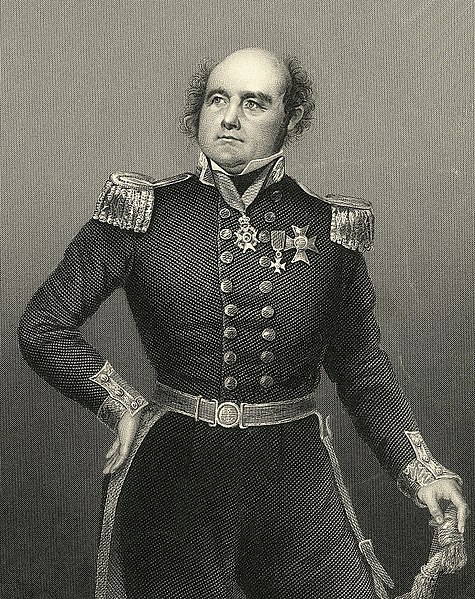
John Franklin was a British Royal Navy officer and explorer who is best known for his attempts to discover the Northwest Passage, a sea route through the Arctic connecting the Atlantic and Pacific Oceans.
Franklin was born in Spilsby, England in 1786, and he joined the Royal Navy at the age of 14. He participated in several expeditions to the Arctic, including an unsuccessful attempt to find the Northwest Passage in 1818. In 1821, he was appointed governor of Tasmania (then known as Van Diemen’s Land), where he served for several years before returning to Britain.
In 1845, Franklin set out on his final and most famous expedition, which aimed to explore and map the final section of the Northwest Passage. The expedition included two ships, the HMS Erebus and the HMS Terror, and was well-provisioned with supplies and equipment.
However, the expedition encountered severe difficulties, including harsh weather, disease, and ice damage. The ships became trapped in ice and the crew was forced to abandon them in 1848. Franklin and his men attempted to trek overland to safety, but all perished due to starvation, exposure, and disease.
The fate of Franklin and his crew became the subject of intense public interest and numerous search expeditions over the following years. It was not until the 1850s and 1860s that the full scope of the tragedy became known, with the discovery of evidence of the expedition’s fate by other explorers and Inuit people.
Today, Franklin is remembered as one of the great explorers of the age of polar exploration, and his legacy has helped to advance our understanding of the Arctic and its environment.
12. Carsten Borchgrevink
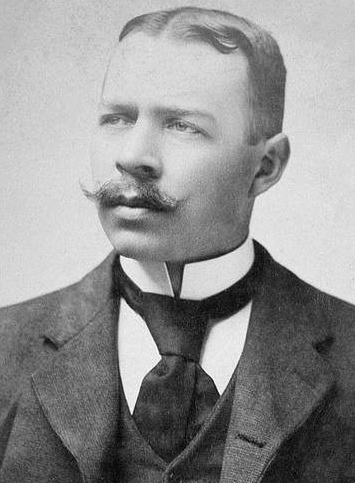
Carsten Borchgrevink was a Norwegian-British explorer who is best known for leading the Southern Cross Expedition to Antarctica in 1898-1900, which was the first expedition to overwinter on the continent.
Borchgrevink was born in Oslo, Norway in 1864 and immigrated to England as a child. He became interested in exploration and mountaineering at a young age and led several expeditions to the Arctic and Antarctic regions.
In 1898, Borchgrevink led the Southern Cross Expedition, which aimed to conduct scientific research and explore the coastline of the Antarctic continent. The expedition was notable for being the first to establish a permanent base on the continent and for successfully overwintering in Antarctica.
During the expedition, Borchgrevink and his team conducted extensive scientific research, including studies of the geology, biology, and meteorology of the region. They also made important contributions to our understanding of the Antarctic environment, including the discovery of new species of marine life and the mapping of previously unexplored areas.
Borchgrevink’s legacy as an explorer and scientist continues to inspire people around the world, and his contributions to our understanding of the Antarctic environment have been instrumental in shaping our knowledge of this remote and fascinating continent.
13. Ernest Joyce

Ernest Joyce was a British explorer who is known for his participation in several Antarctic expeditions during the early 20th century, including the expeditions of Robert Falcon Scott and Ernest Shackleton.
Joyce was born in Wigan, England in 1875, and he joined the British Merchant Navy at a young age. He participated in several expeditions to the Arctic and Antarctic regions before joining Scott’s British Antarctic Expedition (also known as the Terra Nova Expedition) in 1910.
During the expedition, Joyce served as a dog handler and sledging companion to Scott, and he played a key role in the team’s efforts to reach the South Pole. Although the expedition was ultimately unsuccessful, Joyce’s bravery and determination were widely recognized.
Joyce later joined Shackleton’s Imperial Trans-Antarctic Expedition in 1914-1917, where he served as a carpenter and general handyman. He was one of the 22 men who were left behind on Elephant Island while Shackleton and a small group attempted to seek rescue. Joyce was eventually rescued by Shackleton’s crew, and he later participated in the Shackleton-Rowett Expedition in 1921-1922.
Joyce’s contributions to polar exploration have been widely recognized, and he is remembered as one of the great Antarctic explorers of the age of polar exploration. His legacy continues to inspire and inform our understanding of the challenges and triumphs of exploration in this remote and unforgiving region.
